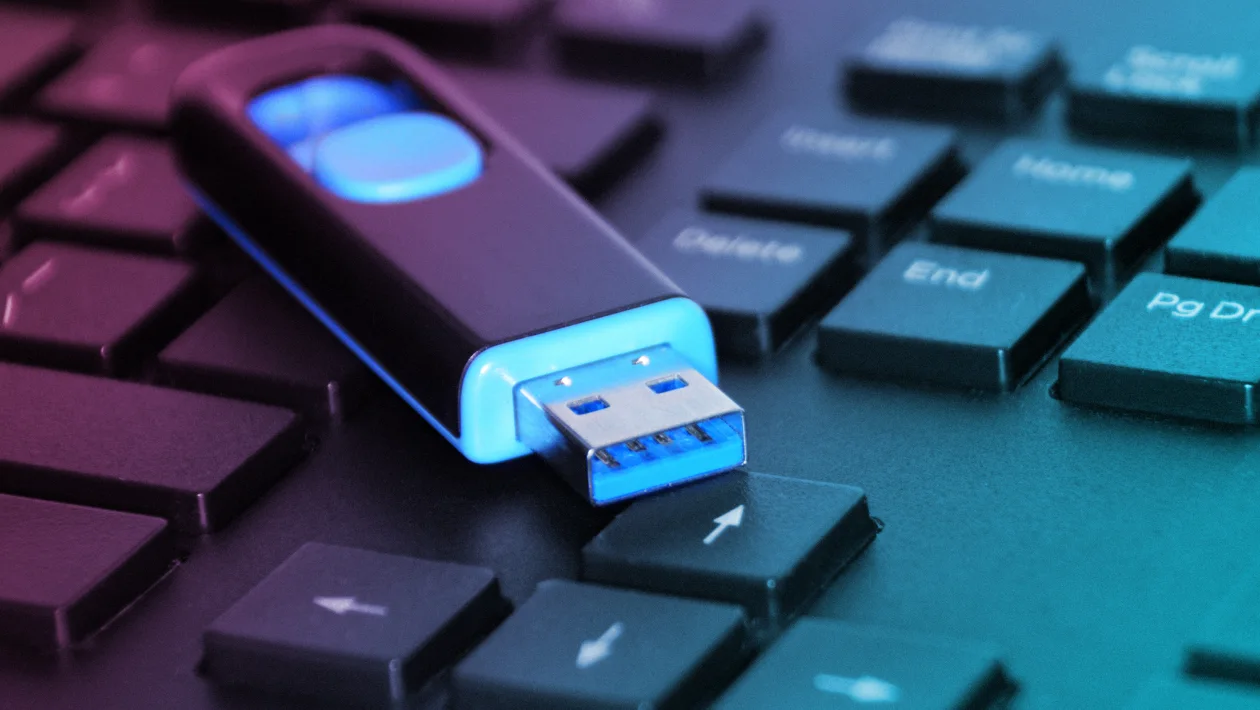
Photo Credits: IT Pro
Flash memory is a type of non-volatile storage that has become increasingly popular in consumer devices, such as smartphones and laptops. In this article, we’ll take a look at the basics of flash memory and how it differs from other types of storage. We’ll also touch on the Non-Volatile Memory Host Controller Interface Specification (NVMe), which is an interface specification for accessing flash memory in modern computers.
Flash memory is a type of non-volatile storage, which means it can retain data even when the power is turned off. It’s called “flash” memory because it can be electronically erased and reprogrammed in a similar way to a camera flash. One of the key benefits of flash memory is that it doesn’t require a power source to retain data, which makes it well-suited for portable devices.
Types of Flash Memory There are two main types of flash memory: NAND and NOR. NAND flash memory is the most common type and is known for its fast read and write speeds. It’s used in a wide range of consumer devices, including USB drives and memory cards. NOR flash memory is slower than NAND but has the advantage of being able to execute code directly from the memory, which makes it well-suited for use in devices such as phones and routers.
Flash memory differs from traditional storage methods, such as hard disk drives (HDDs) and floppy disks, in a few key ways:
1. Size: Flash memory is much smaller in size compared to HDDs and other traditional storage methods. This makes it well-suited for use in portable devices such as smartphones and tablets.
2. Speed: Flash memory has faster read and write speeds compared to HDDs and other traditional storage methods. This can result in faster access to data and improved overall performance.
3. Durability: Flash memory has no moving parts, which makes it more durable and less prone to physical damage compared to HDDs.
4. Power consumption: Flash memory requires less power to operate compared to HDDs, which can result in longer battery life for portable devices.
The Non-Volatile Memory Host Controller Interface Specification (NVMe) is an open, logical-device interface specification for accessing a computer’s non-volatile storage media. It was designed specifically for use with flash memory and is known for its high performance and low latency. Many modern computers and devices, including laptops and servers, use NVMe to interface with their internal flash memory.
Flash memory is a type of non-volatile storage that has become increasingly popular in consumer devices due to its small size, fast read and write speeds, durability, and low power consumption. The Non-Volatile Memory Host Controller Interface Specification (NVMe) is an interface specification for accessing flash memory in modern computers, and is known for its high performance and low latency. Understanding the basics of flash memory and NVMe can help you make informed decisions when it comes to choosing and using storage solutions in your devices.
No matter where you start a new business, it will be harder than you think,…
Have you ever marveled at the intricate details of an iron gate or a beautifully…
Do you own or manage a high-traffic establishment? If so, then you are probably well…
Are you preparing for a new product launch? A product launch checklist is crucial for…
When you're involved in a car accident, the aftermath can be overwhelming. Between dealing with…
In a world where cyber threats are evolving at breakneck speed, the need for robust…